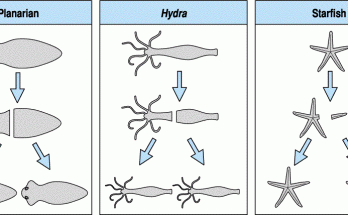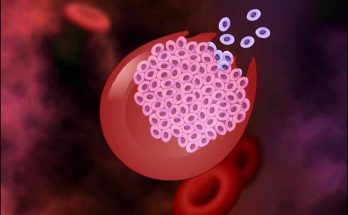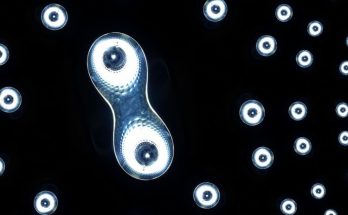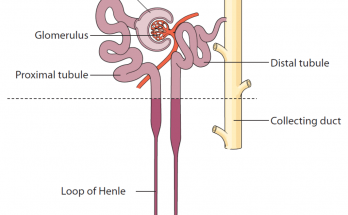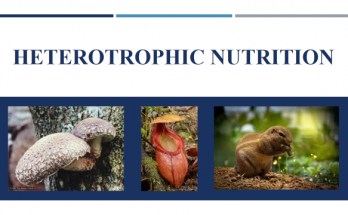Why can more complex organisms not give rise to new individuals through regeneration ?
Complex organisms cannot give rise to new individuals through regeneration because complex organisms have a high degree of organization. A complex body organization exists in them, as cells form tissue, …
Why can more complex organisms not give rise to new individuals through regeneration ? Read More